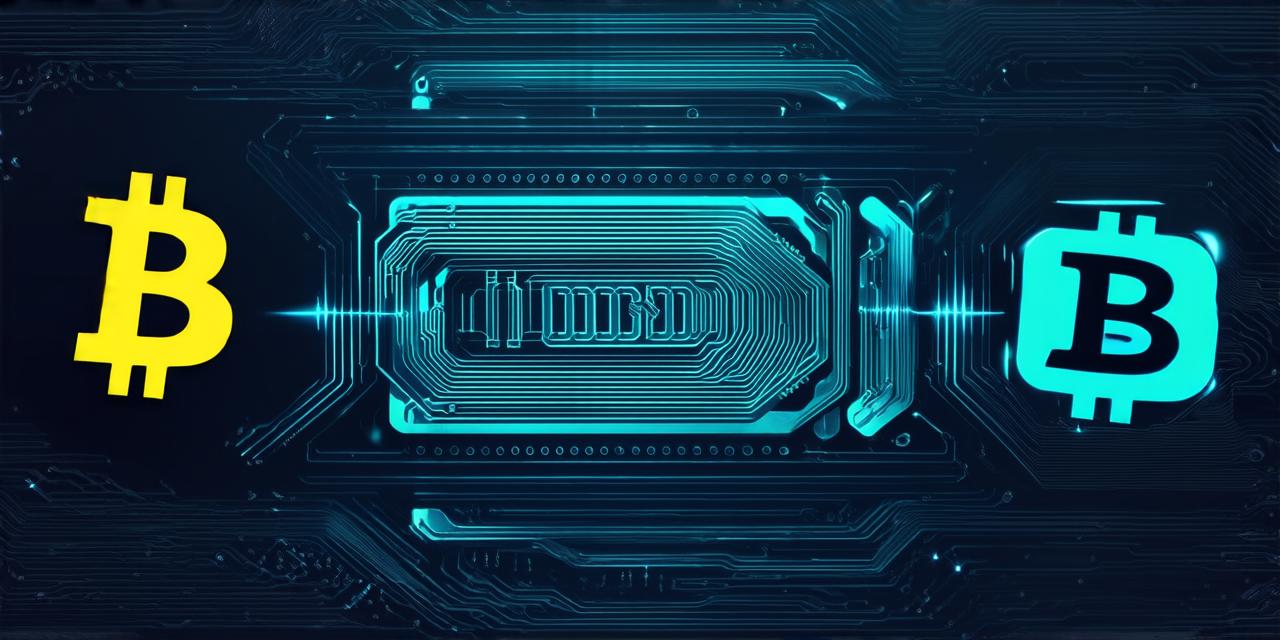Introduction:
Bitcoin is the world’s first decentralized cryptocurrency and blockchain. Since its inception in 2009, it has become a global phenomenon that has captured the imagination of millions. The success of Bitcoin can be attributed to the transparency, security, and immutability of its underlying blockchain technology. But who manages this blockchain, and how does it work? This article aims to provide an in-depth guide to understanding the management of the Bitcoin blockchain for blockchain developers.

The Role of Miners in Managing the Bitcoin Blockchain:
Miners are the backbone of the Bitcoin network. They validate transactions on the network by solving complex mathematical problems, which involves verifying and adding new transactions to the existing blockchain. In exchange for their services, miners are rewarded with newly minted bitcoins. The more transactions a miner validates, the higher the reward.
The distributed nature of the Bitcoin network ensures that there is no central authority controlling the mining process. Instead, miners compete against each other in a race to solve the mathematical problems and validate new transactions. This competition incentivizes miners to invest heavily in computing power and energy consumption to increase their chances of winning the reward.
The Role of Nodes in Managing the Bitcoin Blockchain:
Nodes are computers that store a copy of the entire Bitcoin blockchain. They act as intermediaries between miners, transactions, and users on the network. When a new transaction is added to the blockchain, it is broadcasted to all nodes on the network. Each node verifies the transaction by checking its validity against the existing blockchain data. If the transaction is deemed valid, it is added to the blockchain and propagated to other nodes.
Nodes are critical in maintaining the integrity of the Bitcoin blockchain. They ensure that the blockchain remains decentralized by preventing any single entity from controlling it. Moreover, they provide a backup system for the network, as if one node fails, the others can take over its responsibilities without disrupting the network’s functionality.
The Role of Consensus Mechanisms in Managing the Bitcoin Blockchain:
Consensus mechanisms are the algorithms that ensure all nodes on the Bitcoin network agree on the validity of new transactions and the current state of the blockchain. There are two consensus mechanisms used in the Bitcoin network – Proof-of-Work (PoW) and Proof-of-Stake (PoS).
Proof-of-Work is the original consensus mechanism used by Bitcoin. It requires miners to solve complex mathematical problems using a significant amount of computing power, which consumes a lot of energy. In return, miners are rewarded with newly minted bitcoins.
Proof-of-Stake is the newer consensus mechanism used by some cryptocurrencies, including Bitcoin’s rival, Ethereum. It requires validators to lock up a significant amount of their cryptocurrency as collateral to participate in the validation process. This reduces the energy consumption associated with mining and makes it more accessible to a broader range of users.
The Role of Smart Contracts in Managing the Bitcoin Blockchain:
Smart contracts are self-executing computer programs that run on the blockchain, enabling automated execution of transactions without intermediaries. While smart contracts were initially developed for Ethereum, they have also been adopted by other cryptocurrencies, including Bitcoin.
Bitcoin’s smart contract capabilities are limited compared to Ethereum, but they can still be used to automate certain transactions, such as multi-signature payments and trustless escrow services. Smart contracts can also be used to create decentralized applications (dApps) that run on the blockchain and enable new use cases for Bitcoin and other cryptocurrencies.
Case Studies and Personal Experiences:
One of the most well-known examples of how smart contracts have been used on the Bitcoin blockchain is the Lightning Network. The Lightning Network is a second-layer scaling solution that enables faster and cheaper transactions by offloading some of the transaction processing from the main blockchain to a network of nodes called channels. The Lightning Network uses smart contracts to enable instant and trustless payments between users and merchants without intermediaries.
Another example is the Decentralized Autonomous Organization (DAO) that was launched on the Ethereum blockchain in 2016. While the DAO was ultimately hacked, it demonstrated how smart contracts could be used to create self-governing organizations that operate without intermediaries.
Summary:
In conclusion, managing the Bitcoin blockchain is a complex process that involves miners, nodes, consensus mechanisms, and smart contracts. The distributed nature of the network ensures that there is no central authority controlling the blockchain, making it resistant to censorship and manipulation. While Bitcoin’s smart contract capabilities are limited compared to Ethereum, they can still be used to automate certain transactions and enable new use cases for the cryptocurrency.
